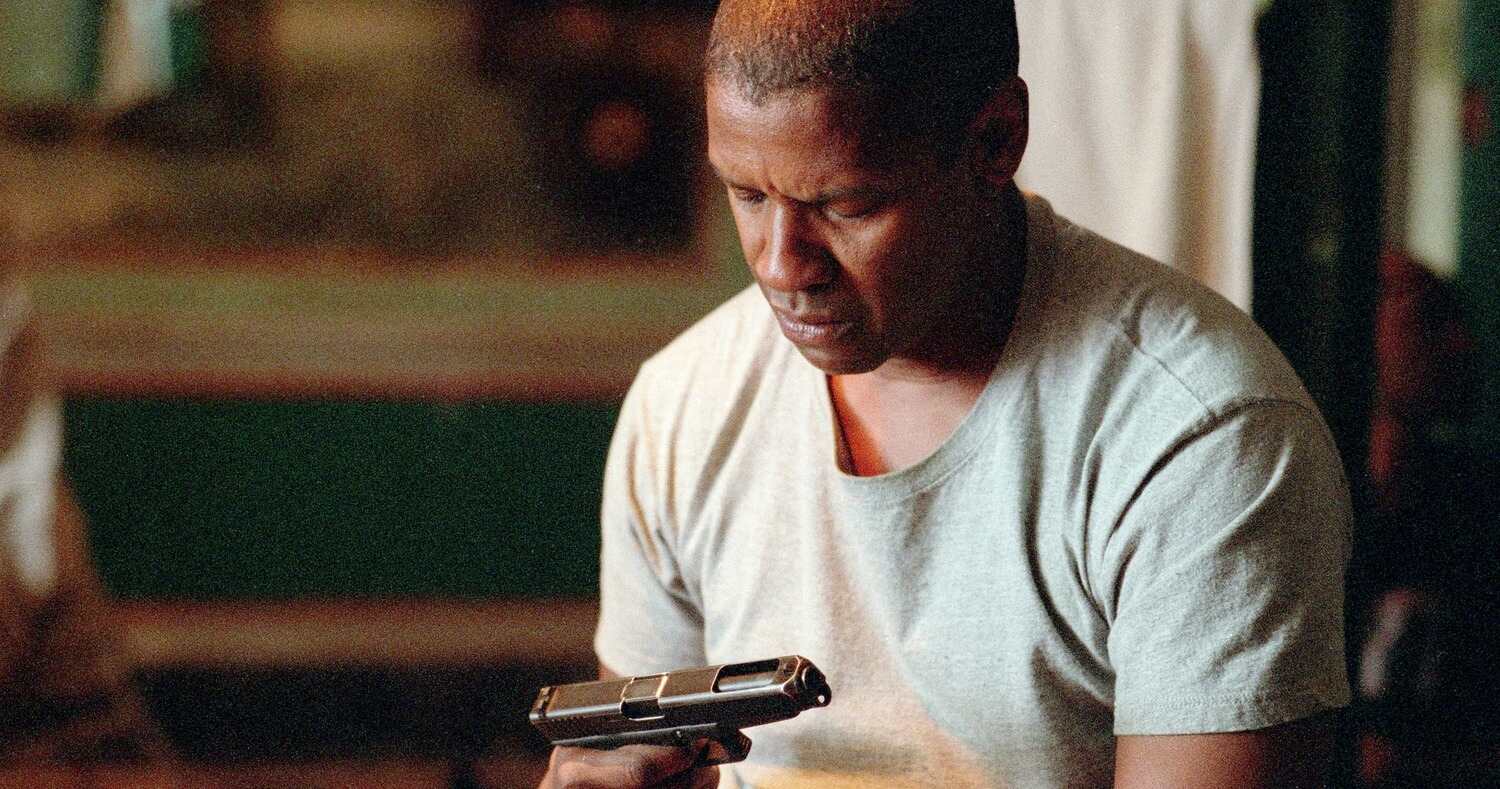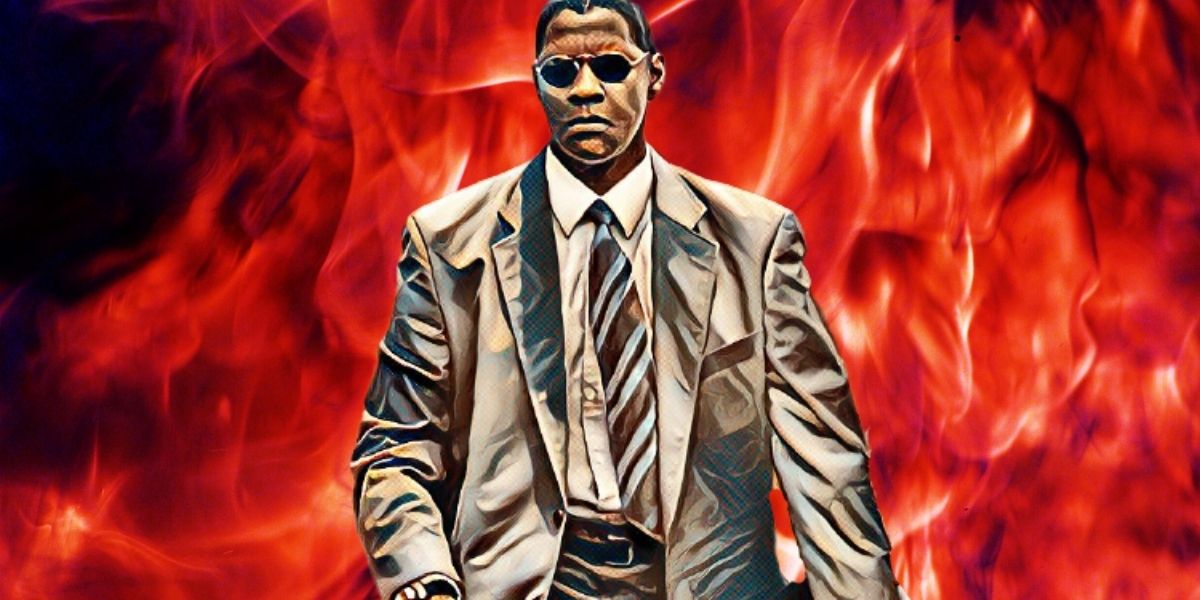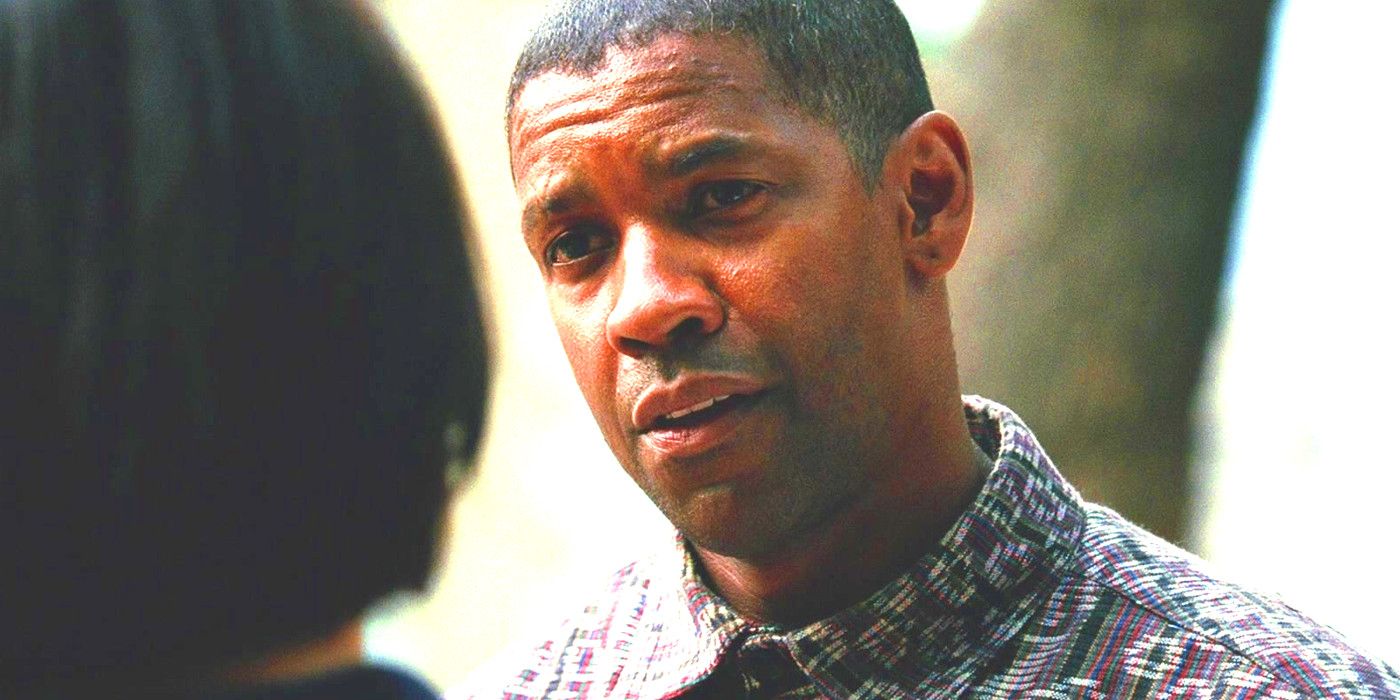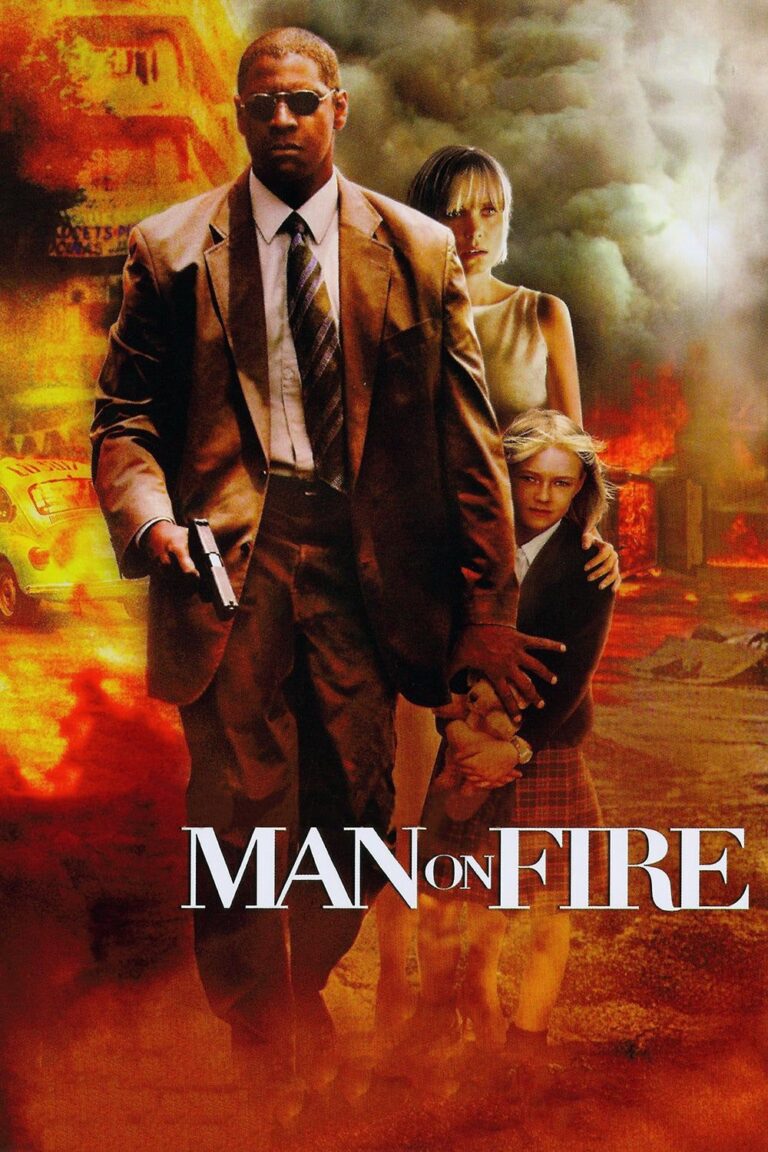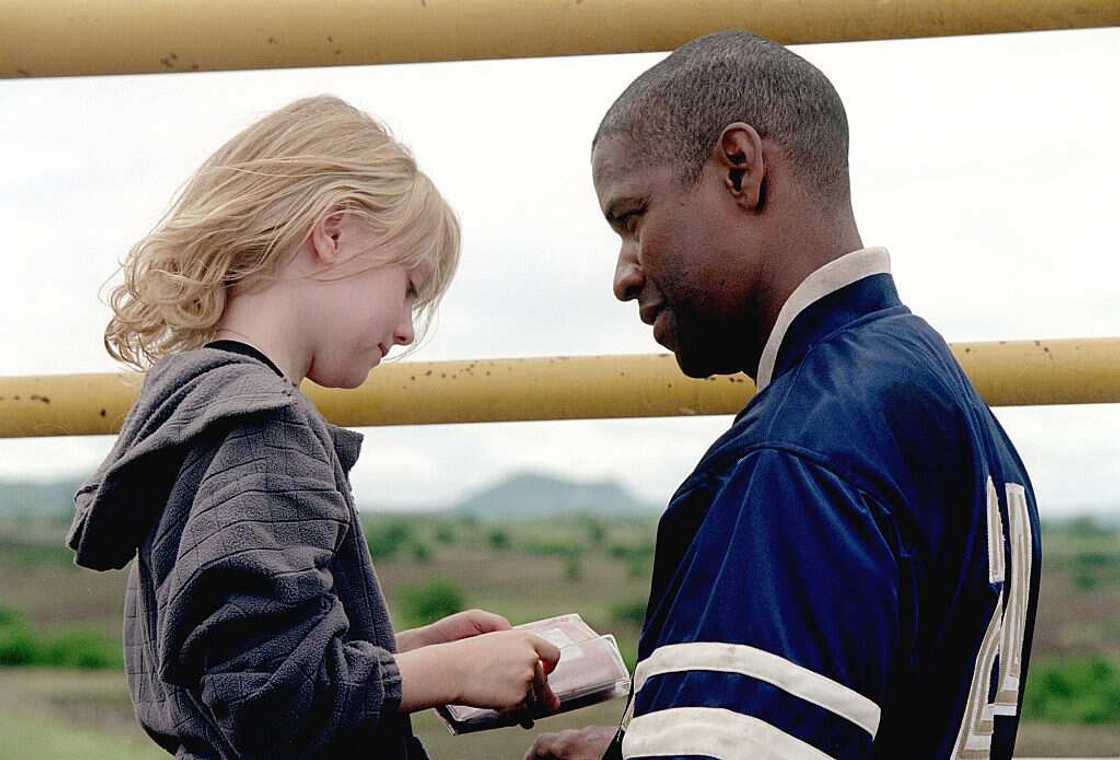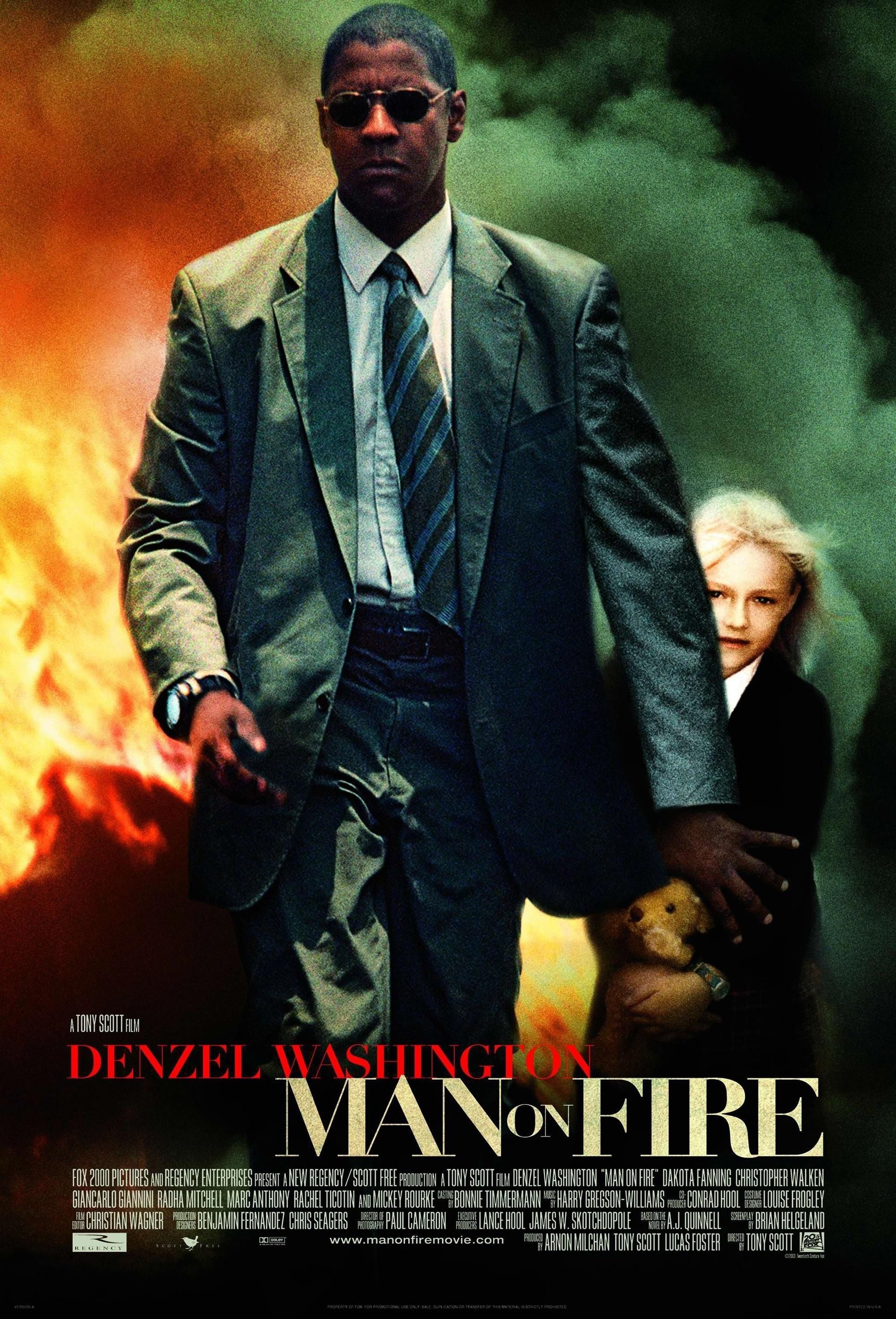Is John Creasy A Real Person

The character of John Creasy, a hardened former CIA operative turned bodyguard, has captivated audiences through film adaptations of A.J. Quinnell’s novel, "Man on Fire." But is there any real-life basis for this iconic figure, or is Creasy purely a figment of fictional imagination?
The question of John Creasy's real-world counterpart has lingered since the book's initial publication in 1980. This article aims to delve into the origins of the character, separating fact from fiction and exploring the possible influences that might have contributed to his creation.
The Fictional Creasy: A Literary and Cinematic Icon
John Creasy first appeared in Quinnell’s novel, "Man on Fire," as a disillusioned and world-weary man finding redemption through his protective role. The character has been portrayed on screen multiple times, most notably by Scott Glenn in the 1987 film and by Denzel Washington in the 2004 adaptation.
These depictions have solidified Creasy as a pop-culture figure. He is known for his lethal skills and unwavering determination to protect his charge. The 2004 adaptation, set against the backdrop of kidnapping in Mexico City, particularly resonated with audiences.
Searching for a Real-Life Counterpart
Despite the character's popularity, no concrete evidence suggests that John Creasy is based on a specific, identifiable individual. Extensive research into CIA records and historical archives has yielded no direct matches or official confirmation of a John Creasy ever existing within the agency or any comparable organization.
There are possibilities for inspiration. Quinnell may have drawn inspiration from a composite of individuals or general archetypes commonly associated with clandestine operations and the security industry.
The author, A.J. Quinnell, was known for his meticulous research and attention to detail. This lends some credence to the idea that real-world elements might have contributed to the character's development, even if a direct counterpart is elusive.
Possible Influences and Archetypes
The character of John Creasy embodies several archetypes prevalent in espionage and action narratives. He represents the "damaged hero," a trope frequently seen in literature and film, often characterized by a troubled past and a desire for redemption.
Many real-world professionals in security and intelligence may possess skills and experience resembling aspects of Creasy's fictional persona. This includes special forces veterans, private military contractors, and intelligence officers.
Consider individuals who operate in high-risk environments. Their roles often demand a high degree of proficiency in combat, surveillance, and protective services. These skills, while not unique to a single individual, contribute to the image of a highly capable and dedicated protector like Creasy.
The Role of Fiction and Storytelling
It's important to recognize the power of storytelling in creating memorable and believable characters. Fiction allows for the exaggeration and idealization of certain traits, crafting a character that is both compelling and engaging for the audience.
John Creasy, as a fictional construct, serves a specific narrative purpose. He allows exploration of themes such as redemption, justice, and the moral complexities of violence. These themes resonate with audiences regardless of whether the character is based on a real person.
Therefore, the quest to find a "real" John Creasy may be misdirected. The character's significance lies not in his factual existence, but in the ideas and emotions he evokes within the context of the story.
Expert Opinions and Analysis
Security experts and literary analysts often highlight the symbolic nature of characters like John Creasy. They are seen as representations of societal anxieties and desires, rather than literal portrayals of real individuals.
“The appeal of a character like Creasy lies in his ability to take decisive action in a world perceived as chaotic and unjust,” says Dr. Emily Carter, a professor of film studies. “He embodies a sense of control and retribution that resonates with viewers facing their own frustrations and uncertainties.”
Law enforcement professionals also acknowledge the gap between fictional portrayals and the realities of their work. While they recognize the entertainment value of action heroes, they emphasize the importance of adhering to ethical and legal guidelines in real-world scenarios.
Conclusion: The Enduring Legacy of a Fictional Hero
While the search for a real-life John Creasy may prove fruitless, the impact of the character on popular culture is undeniable. He remains a compelling figure, embodying themes of protection, redemption, and the fight against injustice.
Whether inspired by real-world figures or purely a product of Quinnell's imagination, John Creasy's legacy endures. He continues to resonate with audiences who are drawn to stories of individuals willing to go to extraordinary lengths to protect those they care about.
Ultimately, John Creasy exists as a powerful symbol within the realm of fiction. He is a testament to the enduring appeal of the "hero" archetype.

